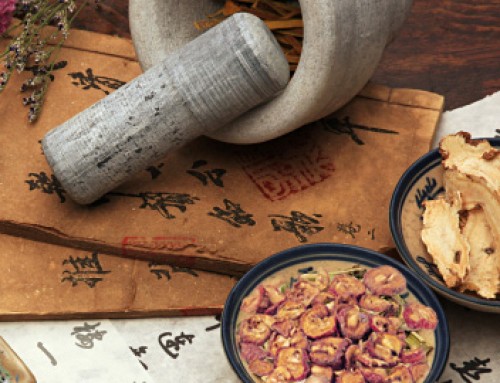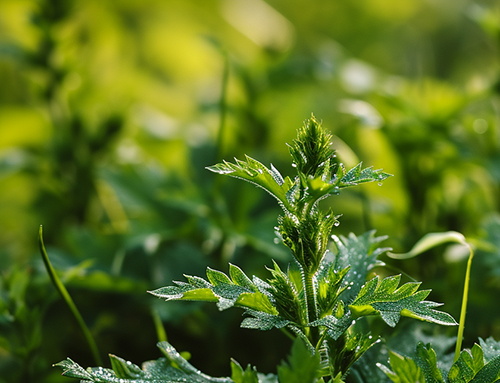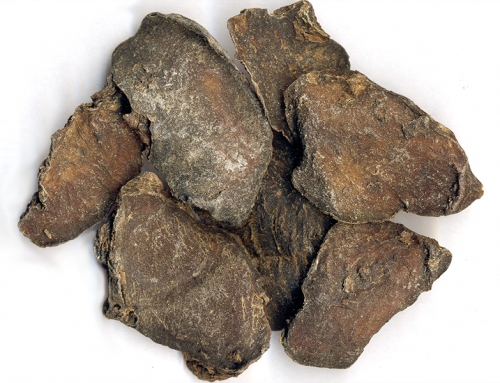羚羊角
Antelope’s horn (Lingyangjiao)
Pharmaceutical Name: Cornus Saigae Tataricae
Zoological Name: Saiga tatarica L.
Common Name: Antelope’s horn
Source of Earliest Record: Shennong Bencao Jing
Part Used: The antelope’s horn is sawn off in autumn and ground into powder or cut into very thin slices.
Natural Properties & Taste: Salty and cold
Meridians: Liver and heart
Therapeutic Effects:
1. To pacify the liver and subdue endogenous wind.
2. To clear liver fire and brighten the eyes.
3. To clear heat and release toxins.
Indications:
1. Endogenous wind due to extreme heat manifested as high fever, spasms and convulsions. Antelope’s horn (Lingyangjiao) is used with Uncaria stem (Gouteng), Chrysanthemum flower (Juhua) and Fresh rehmannia root (Shengdihuang) in the formula Lingjiao Gouteng Tang.
2. Hyperactivity of liver yang manifested as dizziness, distending sensation in the head and blurred vision. Antelope’s horn (Lingyangjiao) is used with Sea-ear shell (Shijueming), Prunella spike (Xiakucao) and Chrysanthemum flower (Juhua).
3. Flaring up of liver fire manifested as red eyes, painful and swollen eyes and headache. Antelope’s horn (Lingyangjiao) is used with Capejasmine (Zhizi), Chinese gentian (Longdancao) and Cassia seed (Juemingzi) in the formula Lingyangjiao San.
4. High fever, loss of consciousness, delirium and mania. Antelope’s horn (Lingyangjiao) is used with Gypsum (Shigao) and Rhinoceros horn (Xijiao) in the formula Zixue Dan.
Dosage: 1-3 g; 0.3-0.5 g for powder






